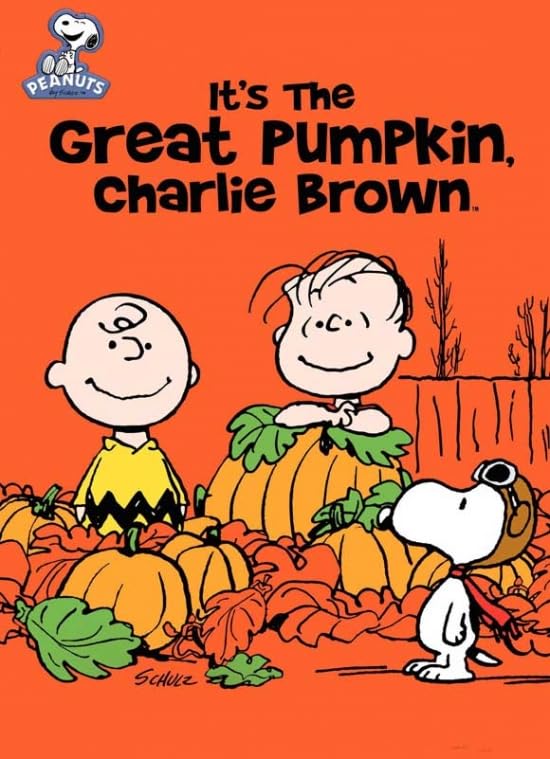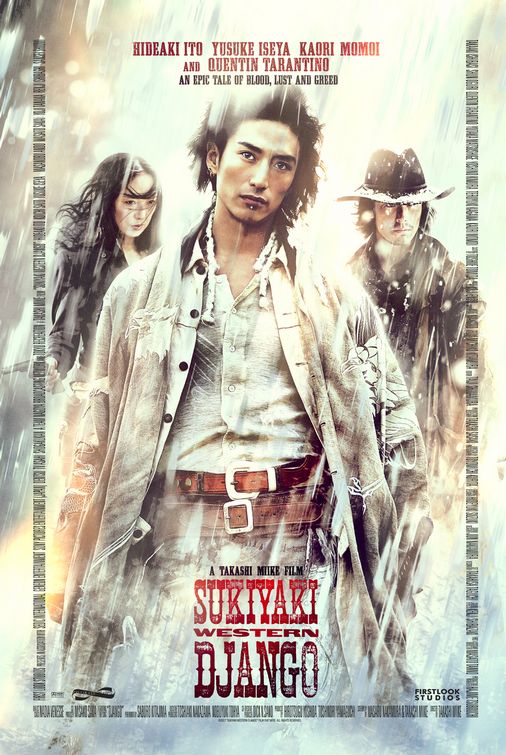“Violent, Quirky Postmodern Western”

| None | Light | Moderate | Heavy | |
|---|---|---|---|---|
| Language | ||||
| Violence | ||||
| Sex | ||||
| Nudity |
What You Need To Know:
Despite all the violence, SUKIYAKI WESTERN DJANGO has some interesting, lyrical moments, especially regarding the tragedy of the boy and his parents. Otherwise, it’s a disappointing, inconsequential work. The worst part, quality wise, is the cameo by Quentin Tarantino, whose appearances almost destroy what little reality exists in this Japanese western. This movie is based on some famous Italian and Japanese movies, which in turn were based on a detective crime novel written by Dashiell Hammett of MALTESTE FALCON fame.
Content:
(H, B, LL, VVV, SS, N, AA, D, M) Dog-eat-dog humanist worldview with some notions of handing out justice, but this is not really a message movie; 11 obscenities and one light profanity; very strong violence with some blood splattering includes man and woman murdered in cold blood, woman shot in chest with arrow, man has gaping hole in stomach from large gunshot, Gatling machine gun mows people down, explosions, shootouts, briefly depicted rape with clothes on people, stabbings with sword, man hit on head with shovel, woman and man beaten, images of dead people hanging; briefly depicted rape, implied fornication; upper male nudity in one scene; alcohol use and drunkenness; smoking; and, two clans terrorize town.
More Detail:
Dubbed into English, like many of the spaghetti westerns, the story of SUKIYAKI WESTERN DJANGO opens with a lone anonymous gunman drifting into a mining town. Two clans, the white Genji clan and the red Heike, clan are battling for a legendary hidden treasure. The two clans try to woo the lone gunman to their side, but the gunman has other ideas. He befriends a middle-aged woman and her young grandson. The boy’s mother, a member of the white clan, went slightly crazy when her red clan husband was murdered in cold blood by the red clan leader for being a “traitor” to his clan. The woman is now the lover of the vicious white clan leader, but the boy’s grandmother is secretly a famous female gunslinger, now retired, who runs the general store. Of course, mayhem and violence ensue.
Despite all the violence, SUKIYAKI WESTERN DJANGO has some interesting, lyrical moments, especially regarding the tragedy of the boy and his parents. These elements may turn it into a cult movie. Otherwise, however, it’s a disappointing, inconsequential postmodern work. The worst part, quality wise, is the cameo by Quentin Tarantino, whose appearances almost destroy what little reality exists in this Japanese western. Ultimately, the most interesting part of this movie is its cinematic and literary connections to Clint Eastwood, Sergio Leone, Akira Kurosawa, and Dashiell Hammett. These connections demonstrate the continuing power of these four talented icons’ effect on popular culture and people’s imaginations.


 - Content:
- Content: 

